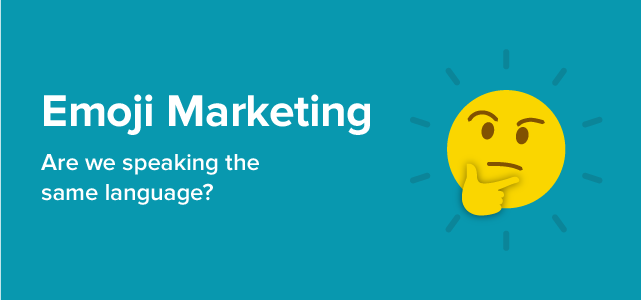
Plain, boring text is out. Visual content is in.
The attention span of the average adult is no more than a couple of minutes. A study from Microsoft discovered people lose concentration after only eight seconds—that’s one second faster than a goldfish.
Jump to the Emoji Marketing Infographic.
The human brain is wired to understand images; we process visual information 60,000 times faster than text. When it came to getting your message out during the Internet’s early days, the written word was the best method. But today we receive five times as much information as we did 30 years ago.
As of 2009, it was estimated we consume 34 gigabytes of information or 100,500 words, outside of work on an average day. That number has undoubtedly spiked since, and almost every major social network has used this data to increase the prominence and importance of visual content.
Today 63% of social media is made up of images. This has opened up a number of creative opportunities for marketers. One of the biggest visual trends to take the marketing world by storm is emoji.
Chances are you’ve already seen your fair share of emojis littering social feeds and text messages. But just in case you’re not quite sure what we’re talking about, we’ll officially introduce you to the visual world of the emoji and explain what makes them a perfect fit for marketing campaigns.
What Are Emojis?
Emojis, created in the 1990’s by a Japanese communications firm, evolved from typographic displays of facial representations or emoticons. These small, digital images or icons are used to express an idea or emotion in electronic communication.
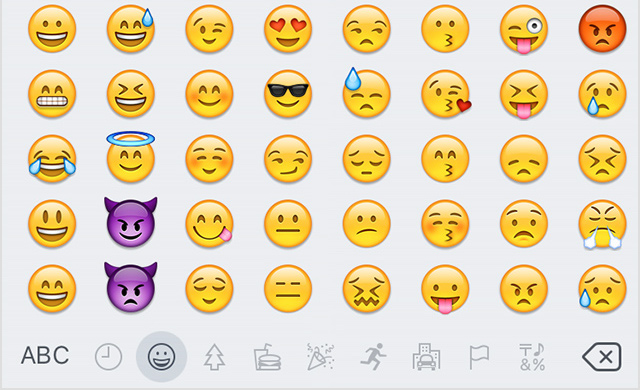
In America, Apple helped bring emojis mainstream when it added the emoji keyboard to iOS 5 in 2011. Since then, digital language has evolved and now nearly half of comments and captions on platforms like Instagram contain emoji characters. Today, 1,620 emojis are supported in iOS 9.1.
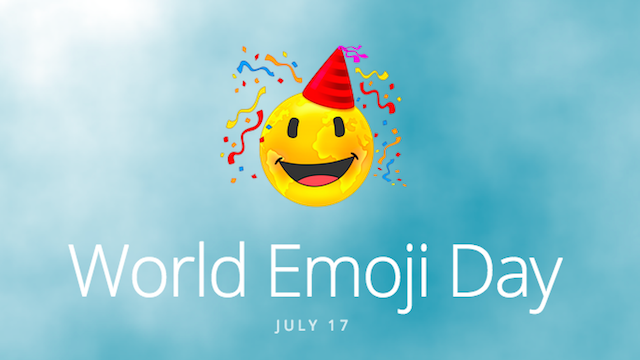
The word emoji, which literally means “picture character,” was added to the Oxford Dictionaries in 2013, and eventually crowned the Top Word of 2014 by the Global Language Monitor. This marked the first time a symbol was chosen. The language is even celebrated every July 17th on World Emoji Day.
Who’s Using Emojis?
Emojis aren’t limited to text messages anymore. Today, emojis are everywhere. They’re popping up in movies, marketing campaigns, Halloween costumes and even as bank passwords.
Millennials grew up with online messaging platforms, so for this age group, emojis are like a second language. A recent survey from Emogi discovered 75% of men and 84% of women respondents believe emojis are a better way to express their emotions than words.
According to Professor Vyv Evans of Bangor University, emoji is now the fastest growing language in the UK, evolving faster than ancient forms of communication with quicker adoption rates and speed of evolution.
“As a visual language emoji has already far eclipsed hieroglyphics, its ancient Egyptian precursor which took centuries to develop,” said Evans.
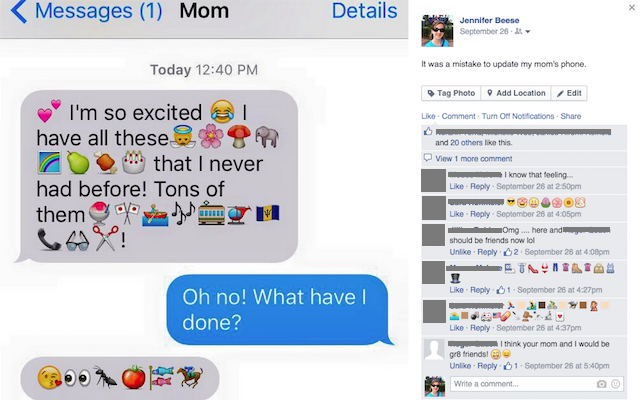
And it’s not just millennials using emojis. Four in five 18 to 65 year olds use emojis on a regular basis. In fact, according to data from a survey by Adobe, people over 65 are more likely than any other age group to say it’s “always appropriate” to send emojis to a direct manager, peer or subordinate.
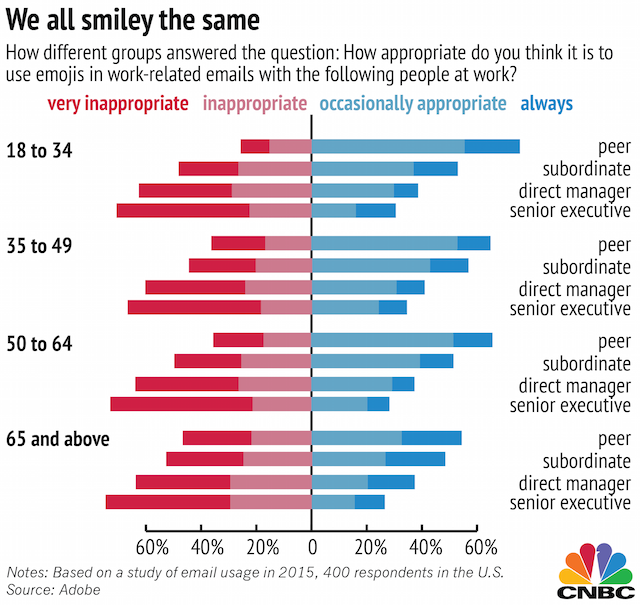
How Brands Are Using Emojis
Scientists discovered that when we look at a smiley face, the same parts of the brain are activated as when we look at a real human face. Emojis actually change our mood, and we might even alter our expressions to match the emotion of the emoji character.
The ability of emojis to humanize messaging is one of the reasons why brands started to integrate them into marketing campaigns. Here are just a handful of the successful ways marketers have incorporated emojis:
The White House
In 2014, the White House Council of Economic Advisors released a report about the status of millennials. It discussed topics important to millennials, such as education, debt and healthcare rates. But how many 18 to 34 year olds do you know who will actually sit down to read a 40-plus page report? The White House wasn’t very optimistic either, which is why it released an accompanying infographic complete with emojis.
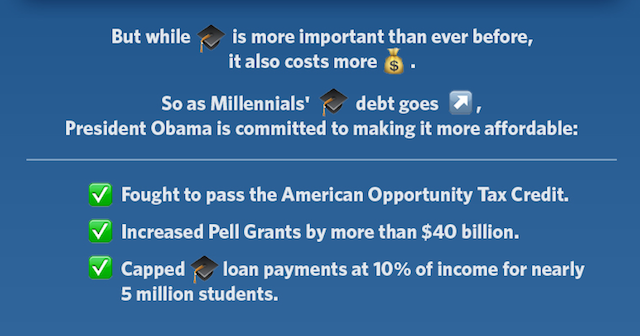
The infographic is a perfect example of how President Obama is using digital technologies to reach younger demographics.
Goldman Sachs
When you think of investment banking, you don’t usually associate it with flexibility or fun, but that’s exactly the side of Goldman Sachs we saw in this March 2015 Tweet.
How #millennials' life choices will reshape the #economy: http://t.co/GDzFHl9f8w
No comments:
Post a Comment